Edgar Degas
1834-1917 | French
Horse With Jockey; Horse Galloping On The Right Foot, The Back Left Foot Only Touching The Ground
Horse Signed, Numbered, Dated And Stamped With Foundry Mark “Degas / 25-6 / 1998 / Cire Valsuani Perdue”
Jockey Numbered 35-6
Bronze
This Exceptional Bronze Horse And Jockey By The Great Edgar Degas Embodies The Energy And Grace That One Expects From The Impressionist Master. Degas Began Painting Racing Scenes Early In His Career, And It Is A Theme That Is As Omnipresent In His Oeuvre As His Famed Ballet Dancers. When He Took Up Sculpting Later In The 1870S, Naturally The Horse And Jockey Remained A Subject Of Interest. Here He Deftly Captures The Essence And Speed Of The Race With An Impressionist’S Eye For Observation And Daring Composition.
Degas Became Obsessed With Two Main Themes Of Modern Life Throughout His Career: The Ballet And The Horse Race. As A Member Of The Prestigious Jockey Club De Paris, He Was A Frequent Visitor To The Horse Races At Deauville And Longchamps, Where He Was Able To Enjoy The Beauty And Excitement Of The Horses At Close Quarters. Consequently, Images Of Horses Became A Central Part Of His Artistic Output Beginning In The 1870S – His Paintings, Pastels, And Sculptures All Reveal His Passion For The Spectacle Of The Race.
His Sculptures In Particular Offer Insight Into Degas’ Exploration Of The Horse’S Powerful Physiognomy. In The Present Work, His Horse Gallops Gracefully Forward With The Jockey Perched Upon His Back. Only His Back Left Foot Touches The Ground As He Glides Through The Air. As A Whole, It Is A Beautiful Interpretation Of The Animal’S Movement, And An Exceptional Example Of Degas’ Skill As A Sculptor.
The Bronze Is A Sought-After Rarity In Terms Of Degas’ Sculptures. It Is Distinguished By The Fact That It Is A Valsuani Bronze, Meaning It Faithfully Records Degas’ Wax Version’S Pose As It Appeared At The Time Of Its Creation. Most Degas Bronze That Are Found On The Market Were Cast By Hébrard – These Serialized Bronzes Are Surmoulages, Or “Aftercasts,” That Were Cast From The Modèle Bronzes Currently In The Norton Simon Museum (Pasadena). Because These Bronzes Are Second Generation, They Are Smaller And Far Less Detailed That The Current Bronze.
This Example, However, Was Cast By Valsuani From A Plaster That Was Taken Directly From Degas’ Waxes, According To Scholarship By The Art Historian Dr. Gregory Hedberg. These Plasters Were Created By Degas’ Sculptor Friend Albert Bartholomé Shortly After Degas Completed His Wax Figurines. Thus, They Record The Earliest Versions Of Degas’ Wax Sculptures, Before They Were Damaged By Time Or Handling, And Before Degas Himself Altered The Works. The Hébrard Bronzes, On The Other Hand, Actually Represent Degas’ Reworking Of The Original Sculptures.
Because They Are Cast Directly From The Plaster, The Valsuani Bronzes Are Also Larger, Crisper, And More Highly Defined Than The Hébrard Bronzes. Since The Original Plasters Were Discovered In The 1990S, Similar Valsuani Bronzes Have Been Exhibited Around The World, Including The Hermitage (St. Petersburg) And The Minneapolis Institute Of Art.
Original Wax Model Executed Circa 1871
Bronze Cast 1998
10″ High X 13 1/4″ Wide X 7″ Deep
Sale!
Fine Art M.S. Rau | Horse With Jockey By Edgar Degas
$92.00

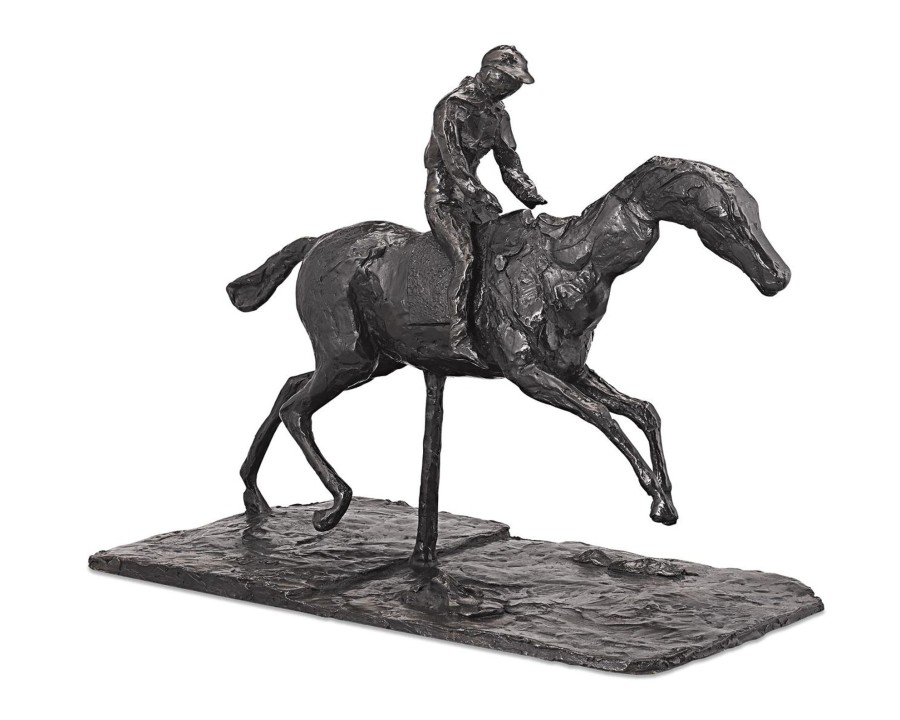
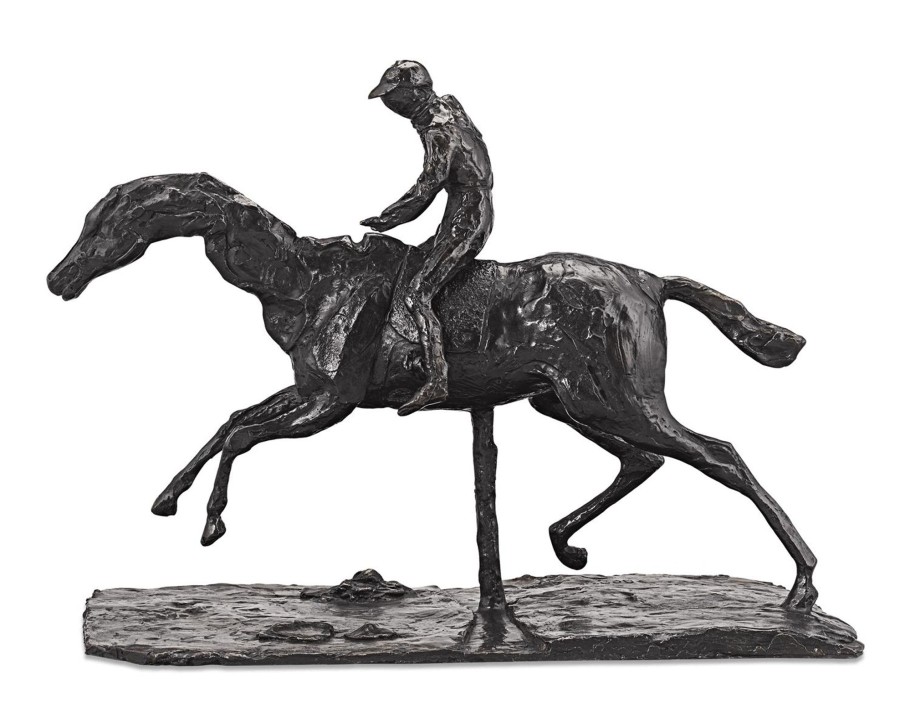
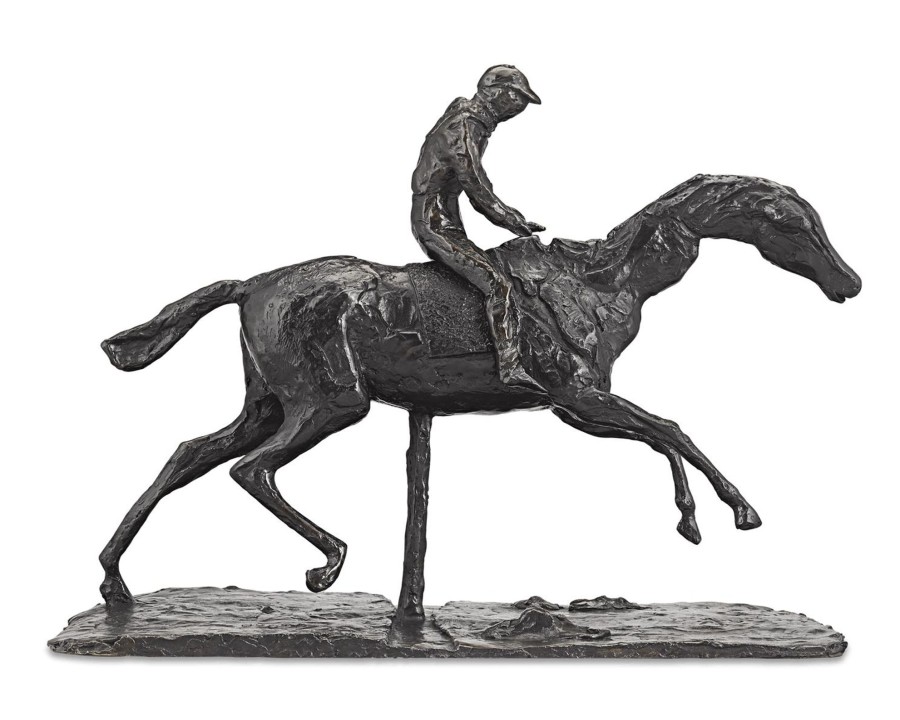
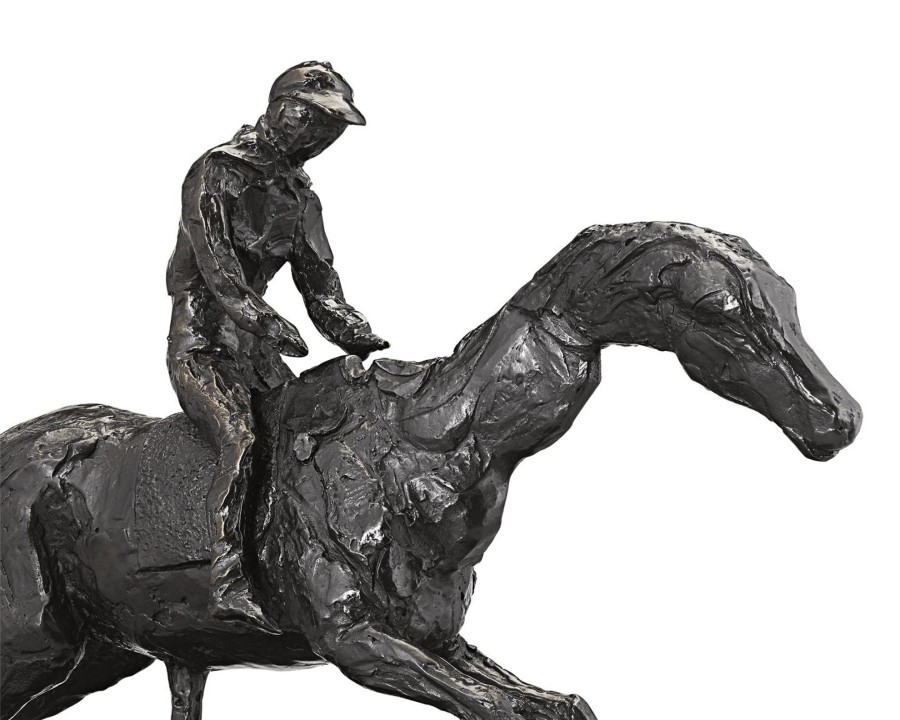
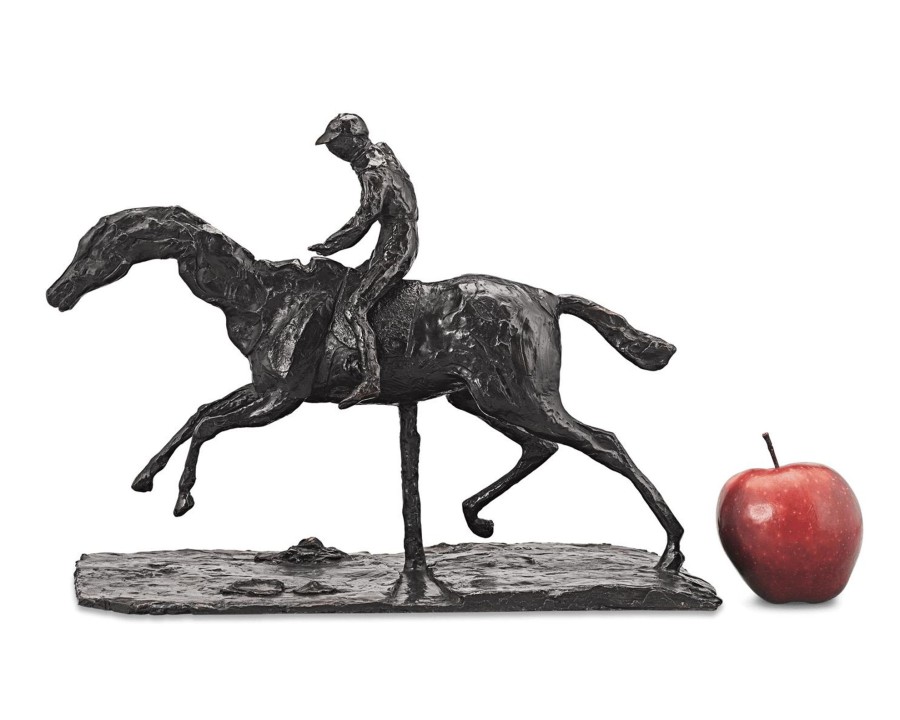
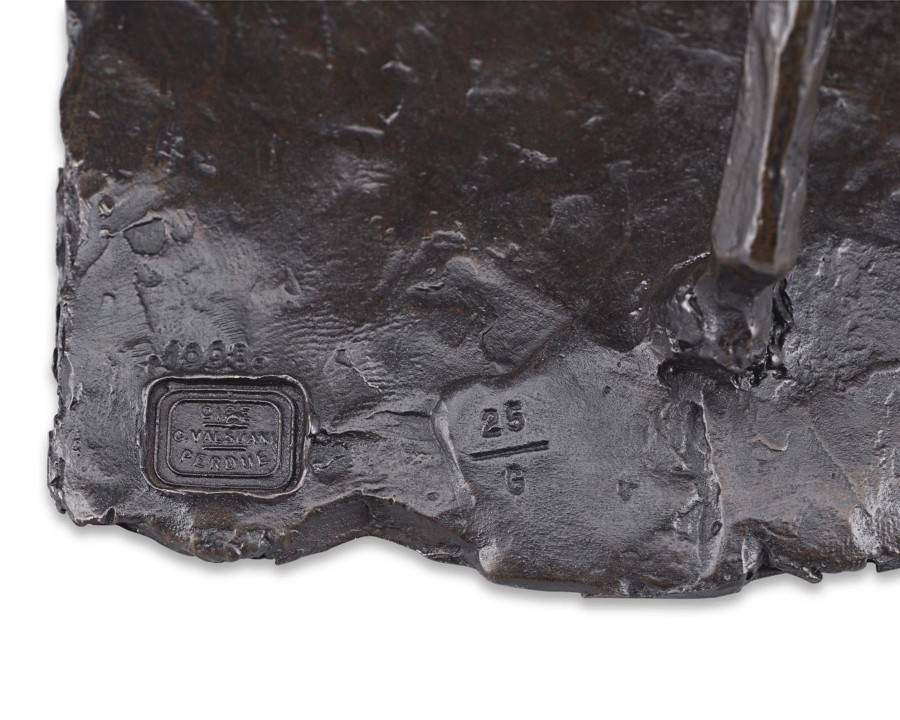
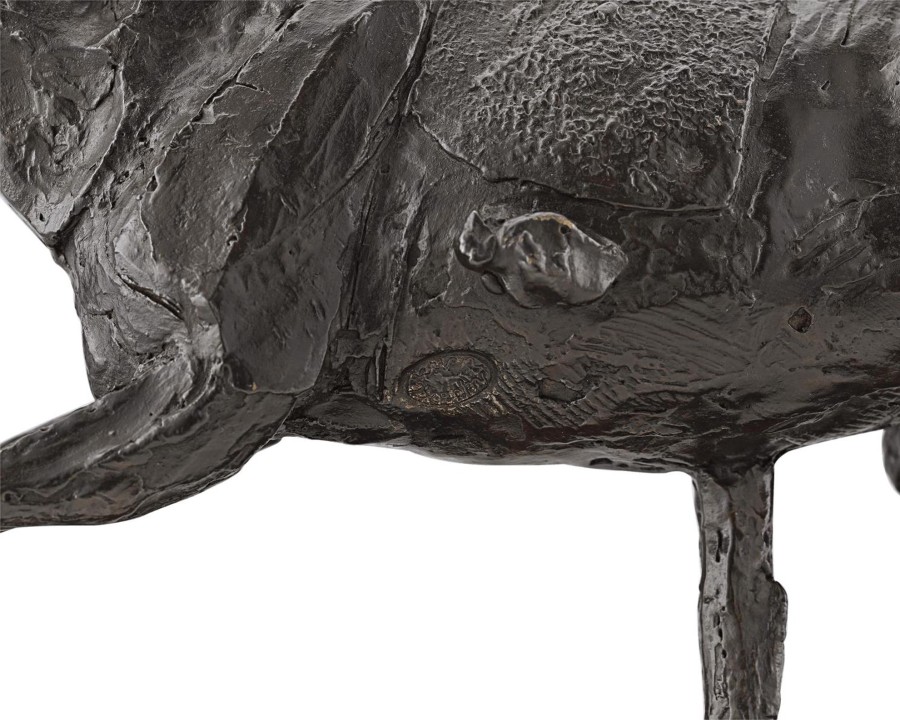


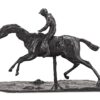
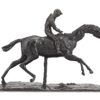

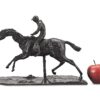
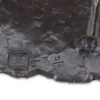

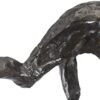

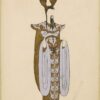
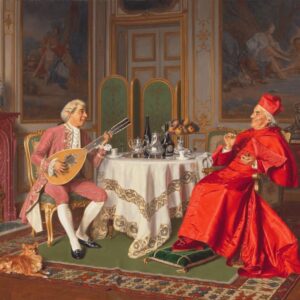


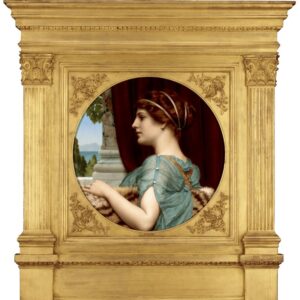

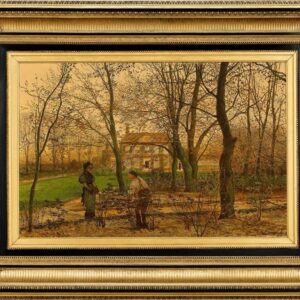
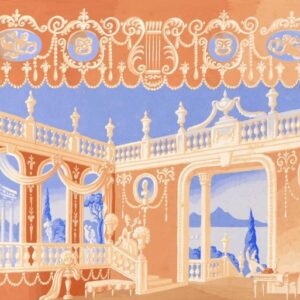
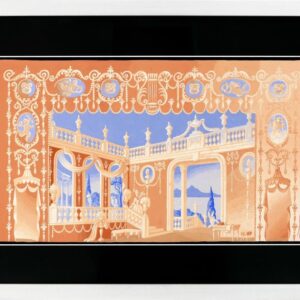
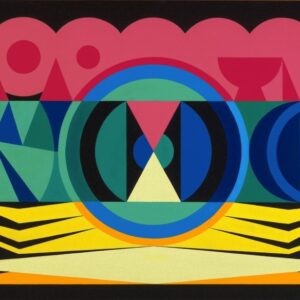
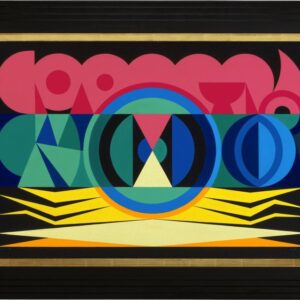
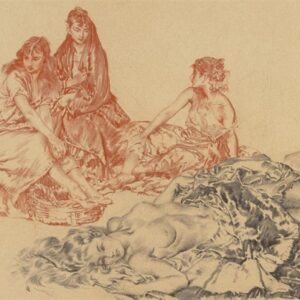
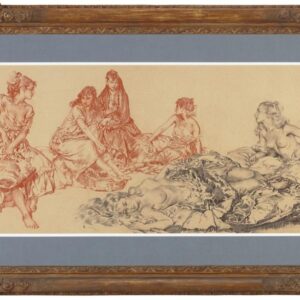
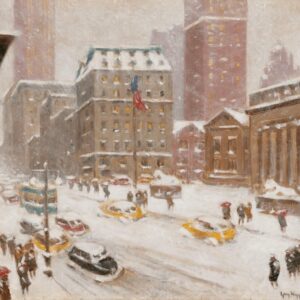
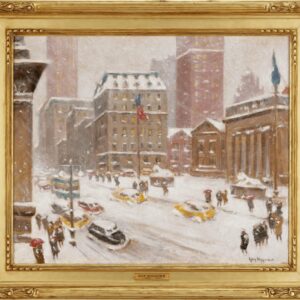
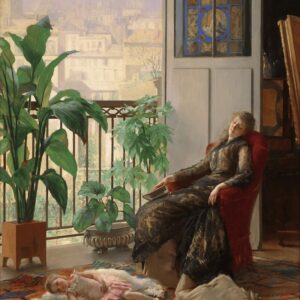
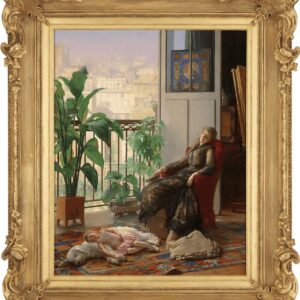
Reviews
There are no reviews yet.